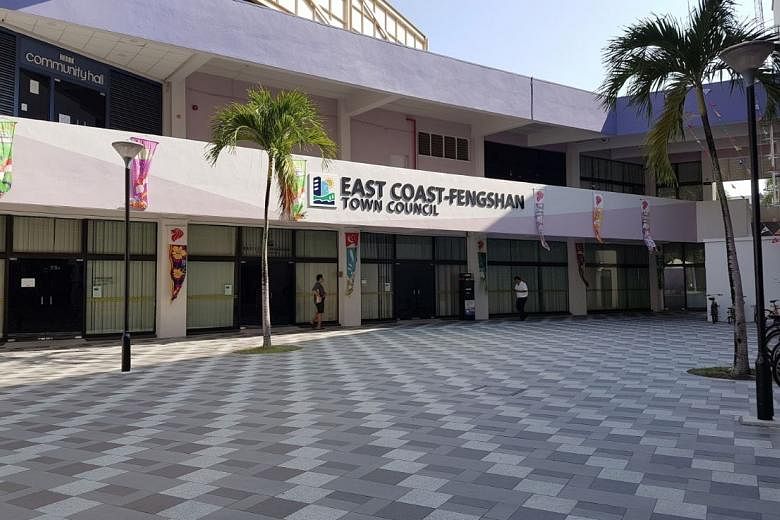SINGAPORE - Opposition parties could be in for a tougher fight in the East Coast and West Coast group representation constituencies (GRCs) in the coming general election, under the latest changes made to the electoral boundaries unveiled on Friday (Mar 13).
Observers expect fierce contests in both GRCs in the election, which must be held by April 2021, but is expected to take place much sooner.
With the new boundaries, Fengshan single-member constituency (SMC) will return to East Coast GRC, which will become a new five-member GRC with 120,239 voters. Fengshan was carved out in the previous polls.
Both constituencies, Fengshan SMC and East Coast GRC, saw close contestsbetween the ruling People's Action Party (PAP) and the opposition Workers' Party (WP) in the 2015 General Election (GE).
The West Coast GRC will take in parts of Choa Chu Kang GRC and single-seat Hong Kah North to be a five-member constituency with 144,516 voters.
The Progress Singapore Party, led by former PAP backbencher Tan Cheng Bock, is widely expected to contest there.
While Dr Tan has not confirmed it, he has been seen working the ground there and doing door-to-door visits.
The GRC includes the formersingle-seat Ayer Rajah, where Dr Tan was the PAP MP for six terms until it was absorbed into West Coast GRC in 2006.
Singapore Management University (SMU) associate professor of law Eugene Tan noted that West Coast GRC has traditionally been a "very safe seat" for the PAP, and expanding it to a five-MP constituency would raise the bar for the opposition.
"If Dr Tan is interested in contesting in the area, he now has to find four other credible candidates," he said.
Larger GRCs are generally seen to favour the ruling PAP, as opposition parties may find it more difficult to put together a larger slate of candidates.
Meanwhile, observers will watch closely which candidates the PAP will field in East Coast GRC, with two of the current four MPs, Mr Lim Swee Say and Lee Yi Shyan, expected to step down.
"We must remember in East Coast there were no new faces in the last GE, which in a way recognises the threat posed by the WP... the WP's second best team has traditionally been fielded there," Prof Tan added.
In all, there will be 11 five-member GRCs, up from eight in the previous GE.
Both the Ang Mo Kio and Pasir Ris-Punggol constituencies, which formerly had six seats, have also been downsized to five-member GRCs.
In Ang Mo Kio GRC, the Yio Chu Kang ward, headed by Senior Minister of State for Trade and Industry Koh Poh Koon, is being carved out into a single seat.
Similarly, Pasir Ris-Punggol GRC will lose the Punggol West ward, now under Senior Parliamentary Secretary for Home Affairs and National Development Sun Xueling. It will become a single-seat constituency at the next election.
Various other parts of the GRC will also be hived off to form part of a new four-member Sengkang GRC.
Bishan-Toa Payoh GRC has also been reduced to a four-member constituency.
Five-member Nee Soon GRC will absorb districts of neighbouring Sembawang GRC, taking in 22,856 voters from Sembawang.
The Kebun Baru ward, now helmed by Nee Soon GRC MP Henry Kwek, will carved out into a SMC, taking out 22,413 voters from the GRC.
A five-MP GRC should have between 100,000 and 190,000 voters, under limits released by the Electoral Boundaries Review Committee (EBRC).


